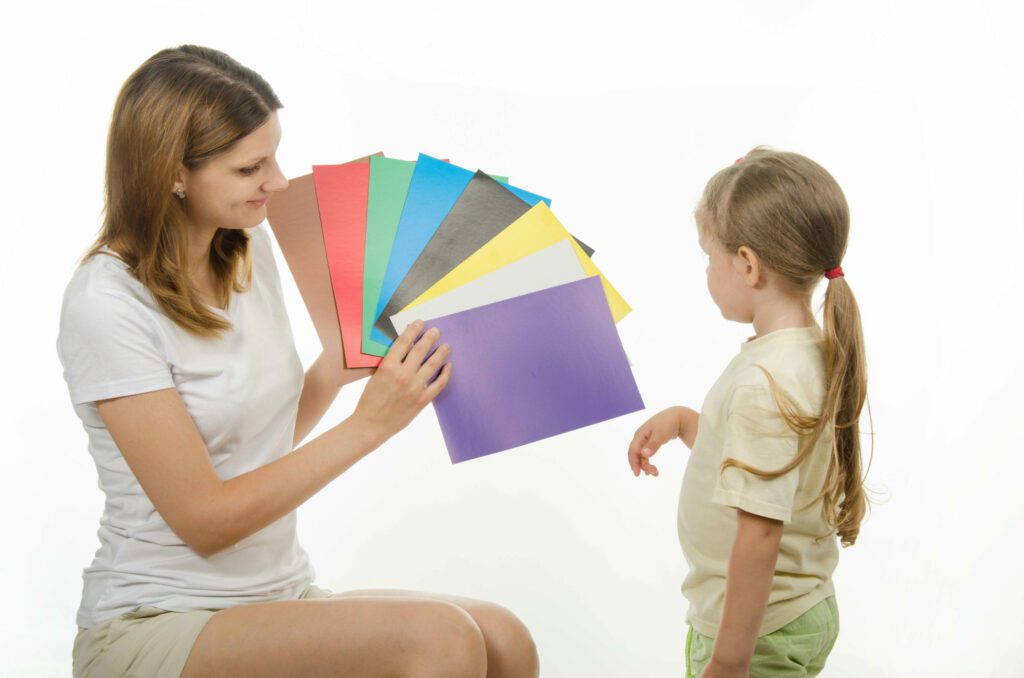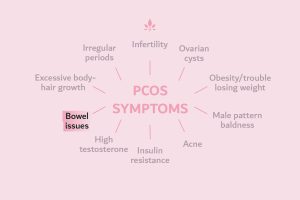How can I Tell if my Child is Colourblind?

Newborns arrive in the world with relatively undeveloped eyesight—after all, they don’t need to see anything until they’re born. A typical newborn has about 20/200 or 20/400 vision, as well as a primitive sense of colour recognition. In fact, babies don’t begin to really differentiate between colours until about 5 months of age. While babies may not be able to differentiate colours as well as adults, they can typically tell the difference between bright colours, which explains why they are drawn to primary colours.
Babies and adults alike, however, can experience conditions that affect their ability to see colours. This is typically due to defects in specific cells called the “cones” of the eyes. These cells are responsible for sensing red, green, and blue colours along with all the variations and shades of each.
Inability or difficulty in telling the difference between certain colours is called colourblindness. However, this term is often incorrectly used: true colourblindness means a person sees the world in only shades of black and white. While this condition is possible, it’s very rare. Most people who cannot see one or more colours are called “colour vision deficient.” Colour vision deficiency is typically genetic, meaning if you are colour vision deficient, chances are your baby might be too. Boys are more likely than girls to experience colour vision deficiency. The most common type of colour vision deficiency is the inability to tell the difference between red and green, followed by blue and yellow.
Most children and adults are diagnosed with colour vision deficiency by having them look at special testing plates with dots that make a pattern. One colour of the dots is in the pattern of a number while another colour serves as the background colour. If a person does not see the number, he or she may be colour vision deficient.
Because babies cannot communicate these differences yet, it may take time for you to recognize any colour vision deficiencies. When your baby is old enough to learn more about colours, usually around 4 years old, you can observe if he or she has difficulty in picking out a red versus a green crayon or seem to rely on other senses, such as sense of smell, before trying out food instead of looking at its colour.
Until then, a family history of colour vision deficiency is one of the most reliable indicators your baby may have difficulty seeing or distinguishing colour. If your baby has difficulty differentiating between certain colours, this should not affect him or her in daily living (save for a few mismatched outfits). As your child grows, you will need to be mindful of their colour vision deficiency but it should not impact their education.
Sources:
- American Academy of Ophthalmology
- Normal Vision Development in Babies and Children.
American Academy of Ophthalmology - What Is Color Blindness?
American Optometric Association - Color Vision Deficiency.
American Optometric Association - Infant Vision: Birth to 24 Months of Age.
KidsHealth - The Senses and Your 1-to-3-Month-Old.
KidsHealth - What It’s Like to Be Color Blind.
MayoClinic.com - Poor Color Vision.
U.S - National Library of Medicine
- Color Blindness.
Powered by Bundoo®










